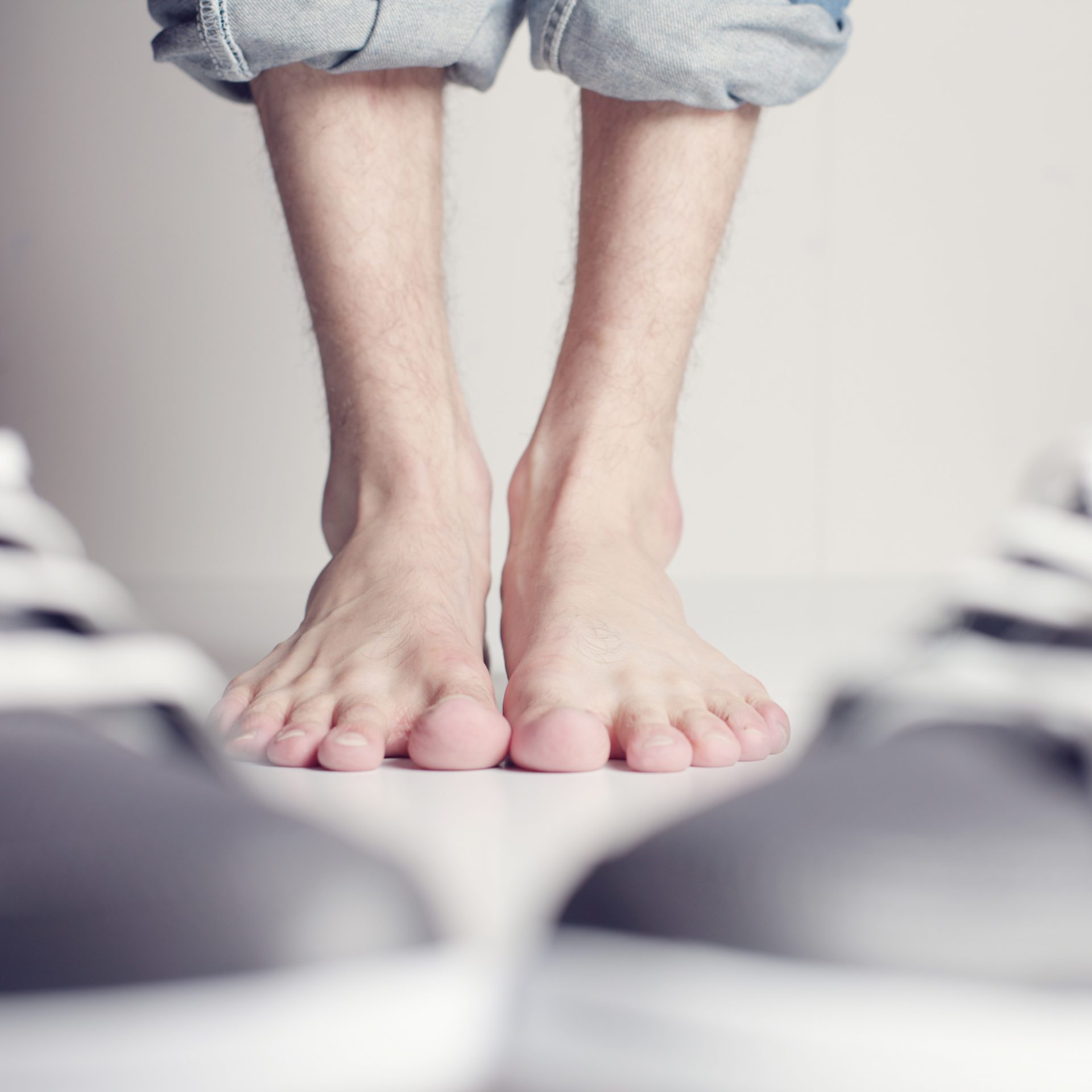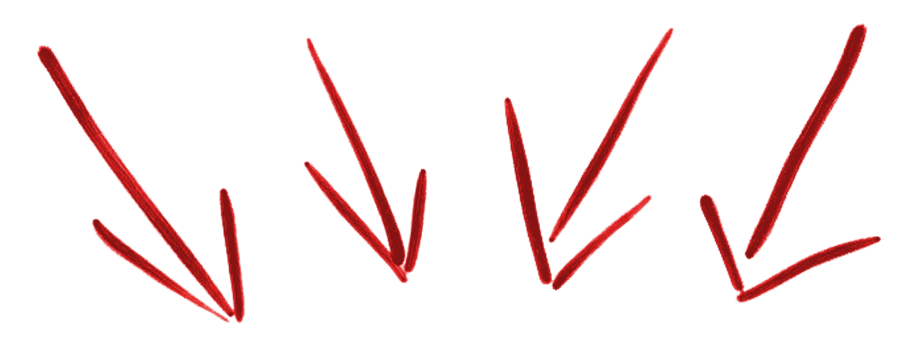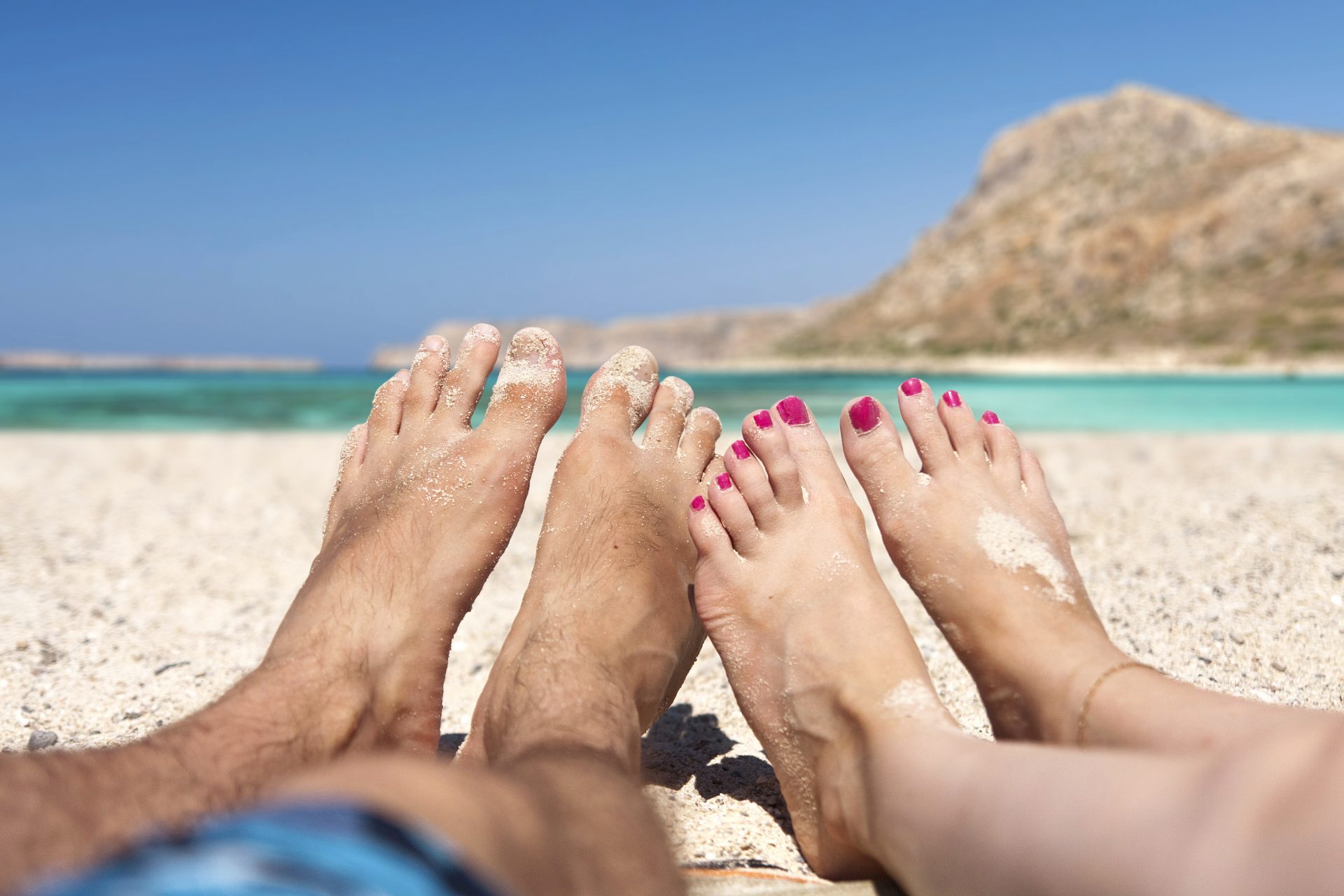Do your feet seem to sweat more than others? Do they regularly carry an unpleasant…
MFC’s Adam In The Media – Bare Feet & Heel Pain!
 Unless you haven’t read the online news or scrolled through your Facebook feed in the last day or two, you’ll already be aware of the woman from Auckland that was turned away from Sylvia Park mall for not wearing shoes. Security described it as against the dress code. She described it as just part of her kiwi culture.
Unless you haven’t read the online news or scrolled through your Facebook feed in the last day or two, you’ll already be aware of the woman from Auckland that was turned away from Sylvia Park mall for not wearing shoes. Security described it as against the dress code. She described it as just part of her kiwi culture.
So, who was the authority to shed some wisdom on this topic? Our very own Adam Philps!

To listen to the interview with Radio LIVE’s Mark Sainsbury, hit play below!

To read Newshub’s version of the interview, click here.
To read Stuff’s article on the original incident, click here.
And for those who’d prefer to read rather than listen, here’s the interview:

“As a Podiatrist, you’re a specialist in the feet?
Yes, that’s my area of interest and passion.
So, do you go barefooted?
I do, around my own home. I wouldn’t go barefooted around a mall.
Why not?
Well, Masterton doesn’t have any malls [laughs]. I think that it’s due to the things that I see every day in my practice – like infections in the feet and legs that are caused by cracks in the skin around the toes, the potential for bugs particularly up in the more tropical parts of New Zealand, hookworms getting into your feet…
Hang on, but we’re used to bare feet all the time. We’re not born with shoes. Do we get too soft, Adam?
I think what happened was probably more of a health and safety policy of the [Sylvia Park] mall. I think they’re protecting themselves in not wanting to make customers vulnerable to picking up a bug from a urine soaked floor or getting some glass in their foot. I don’t think [the floors are] all that hygienic.
Are we designed to not wear shoes?
Yes, we’re very capable [of not wearing shoes] and I think what’s changed over the years is that or surfaces are a lot harder now with a lot more concrete around.
There is a barefoot running revolution, so to speak, that is occurring where people are running [significant distaces] without shoes. I think that [due to this], the rate of injury at the heels and legs are going up.
I’ve seen women’s feet and toes develop almost a sharp edge [bunion] from the shoes they wear. Are we deforming our feet for fashion?
Yes. I think it’s a bit unfair that women have to feel obliged to put their feet into such shoes but I suppose that’s fashion.
What do you wear, Adam?
Well, I’m not wearing high heels right now Mark! [laughs]. I’m wearing a pair of RM Williams lace-up shoes with a solid back and a small heel. I find this sort of shoe helps me to stay a lot more comfortable.
This is the dilemma with a lot of people’s shoes. Do you wear something with a lot of support or do you wear something like a very light trainer where you almost don’t know that you’ve got it on?
Certainly, in situations where you’re trying to strengthen the foot, you’d wear a minimalistic type of shoe, where possible, to give the muscles in the foot the ability to strengthen and respond to their environment. But the more stable the shoe, the less work the feet are going to have to do [and the less energy they use].
In your house Adam, when visitors arrive, do you ask them to take off their shoes?
Yes, it’s shoes off at our house for sure. But I don’t think it’s because I’m a Podiatrist. I used to live in South Korea where we had to take out shoes off and I could see why – we’d pretty much eat off the floor there. I’ve got little kids that’ll eat off the floor at our house too.
I once took a bite a sandwich made by a guy with his feet on live television. What’s the biggest problem Kiwi’s have with their feet?
We see a lot of heel pain in our practice caused by an ageing population, because of fat pads thinning beneath the heel. People are also wanting to stay active for longer so we have people aged over 40 and 50 wanting to live like 20 and 30-year-olds. Our job is to keep them able to be active for longer [without pain and injury].”
If you’ve got any questions about feet, bare feet, shoes, or anything else that we didn’t answer on the radio, send us an email at adam@mastertonfootclinic.co.nz!
Bare Feet And Heel Pain
Heel pain, whether it bothers you as you take your first steps in the morning, after sitting down for a long time, or if it’s gradually getting worse and travelling through the arch of your foot, can make it difficult to stand or walk, and really get in the way of your everyday activities. But could it be linked to one simple factor – walking barefoot?
Heel pain is one of the most common foot problems seen by our podiatrists. For many of us, it may be because we’re spending a lot more time at home than we used to – more people are now working remotely, or going into the office less often. And while we’re at home, many of us may not be wearing shoes or supportive slippers around the house, and instead walking with bare feet or wearing thin socks.
Unfortunately, taking away a familiar source of supportive footwear and going barefoot on hard surfaces can lead to issues with heel pain over time, including overuse injuries like plantar fasciitis.
The Connection Between Bare Feet And Heel Pain
It may seem counterintuitive that going barefoot is connected to foot pain, when you consider that we’re naturally born without shoes, and humans have been walking on the earth for millennia – we’ve been around for much longer than shoes have. However, our walking environments have changed, and our feet can struggle to get through the daily grind while supporting your body on hard, artificial surfaces.
Historically, the natural ground surfaces we walked on such as grass, dirt, sand and clay had natural shock absorbing qualities that made it easier on our feet. In contrast, many homes now have floors that are hard and flat, made from materials such as wood, tile, linoleum, or even concrete. Over time, walking barefoot and subjecting your feet to these surfaces without any shock absorption, means that your heels and arches take the majority of these impact forces with each step.
In many cases, after a few days or weeks without support, the feet and arches can become fatigued. The tissues like the plantar fascia can also become strained at the point that it connects at the heel, which can trigger heel pain.
If you happen to have any pre-existing structural issues with your feet, such as flat arches, these impact forces from walking barefoot over hard surfaces can be magnified even further, combining the impacts of both internal biological factors and environmental factors. So, if you’ve struggled with other issues with your feet including heel pain before, you may be more likely to develop heel pain from barefoot walking as well.
What Should I Do If I’m Struggling With Heel Pain?
If you’re experiencing heel pain, we recommend wearing supportive shoes indoors, even if it’s only for part of the day, especially on hard floors. Look for sandals and slippers with arch support, and stretch your feet daily to help with tension in the internal structures within your feet.
What If My Heel Pain Still Won’t Go Away?
We recommend making an appointment with one of your podiatrists if you are experiencing heel pain, as this can be caused by a wide range of different factors, which all require different forms of treatment. If examined and diagnosed early, simple and non-invasive treatment options such as wearing supportive shoes, and custom fitted orthotic insoles can manage this condition with a high rate of success.
If you are experiencing heel pain, contact one of our team members today.
